Akasha Rabut is a 39-year-old photographer that spent her childhood in between Southern California and Hawaii but was soon fascinated by the variety of cultures of whole American South, with a deep passion for Louisiana and New Orleans. The connection between Akasha and New Orleans is in fact a pretty tight one: Not only is New Orleans the base of Akasha’s mentoring program for young artists named Creative Council but, even more, her first book titled Death Magick Abundance is a picture of New Orleans Renaissance after the Hurricane Katrina hit the town.
Far from being limited to a regional dimension, Akasha stands firmly as an international artists insofar as museums and galleries all over the world hosted exhibitions of her photographs. Probably the BFA from the San Francisco Art Institute was beneficial to get the international reputation Akasha currently enjoys.
Switching to personal life, after 10 years in New Orleans Akasha, a strong-minded Pisces in tropical and Aquarius in Sidereal, currently lives with her boyfriend in Joshua Tree, CA, with his pet Rosemarie and is looking forward for her first book to be actually released.
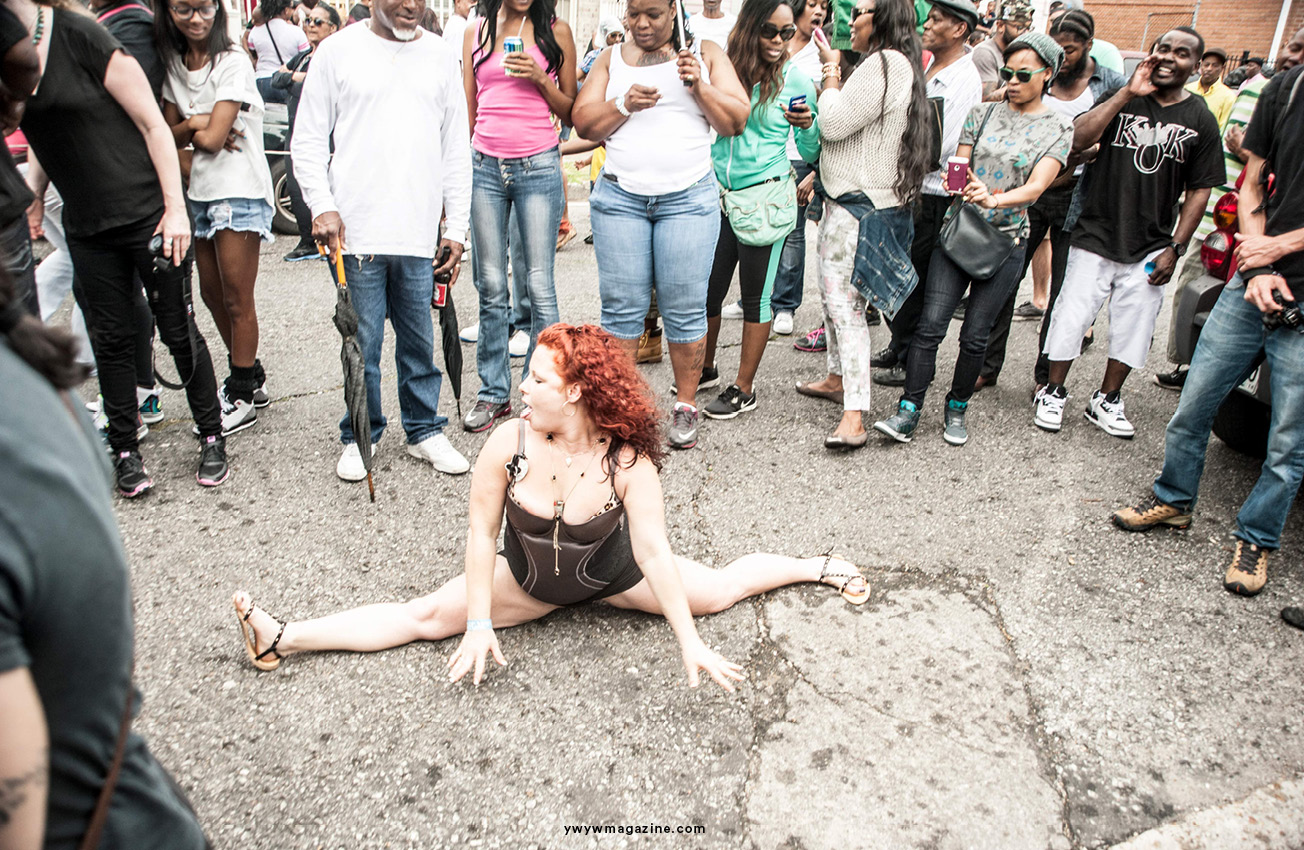
Your daily routine?
My daily routine has shifted a lot since the pandemic started.
I usually wake up around 8am. I eat breakfast and then I sit in the backyard on a hammock in the sun. After that my day usually consists of checking emails, packing up books to mail and promoting my book. Every evening we go for a sunset walk and then make dinner. We’ve actually been trying to watch El Topo for the last month. Maybe now that it’s in this interview I will finally do it.
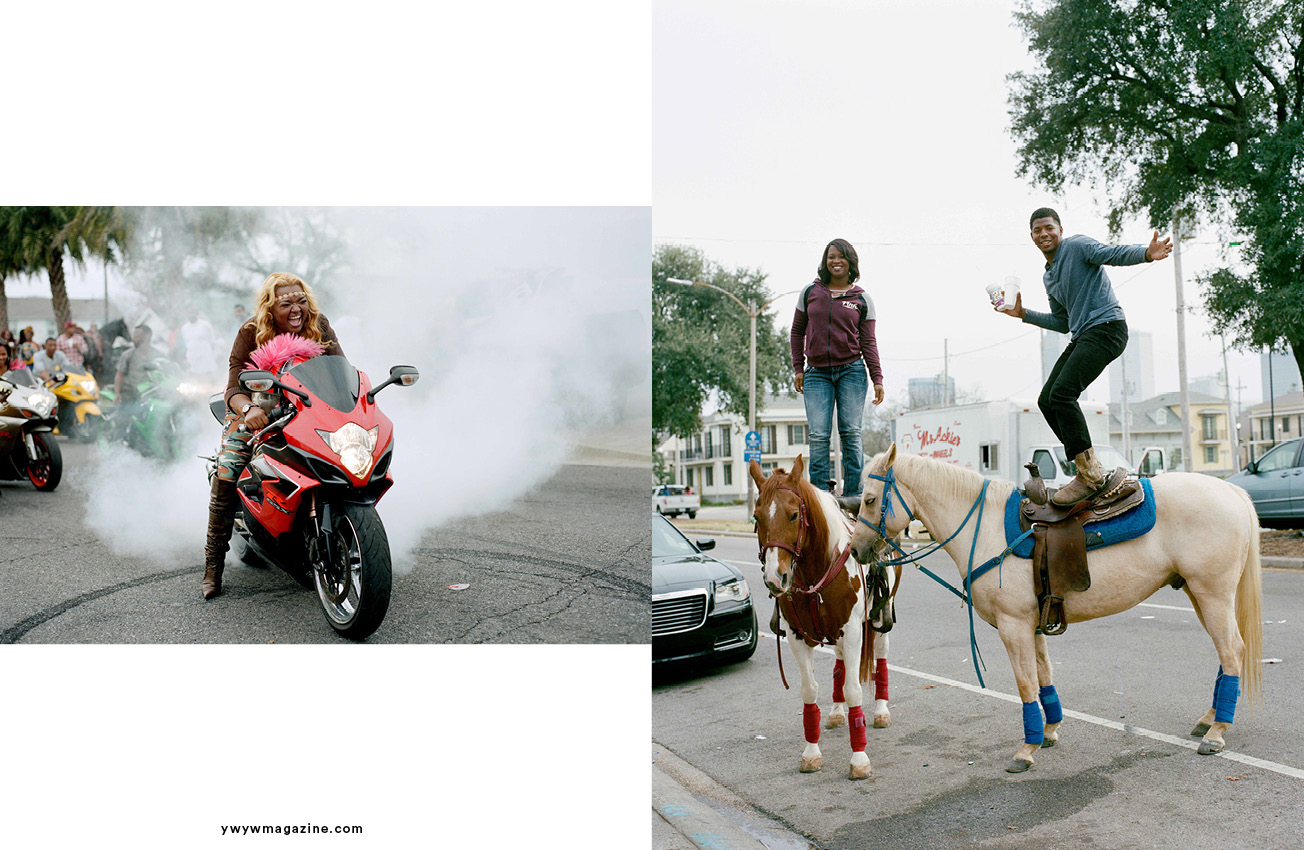
What “DEATH MAGICK ABUNDANCE” means for you and how did you conceive it?
Death magick abundance refers to the cycle of life. Things die in order to grow; that’s Magick, and when growth happens, abundance is inevitable. This book is about death and life; it’s about New Orleans and the people who rebuilt it after Hurricane Katrina. The photographs I take reveal this.
DMA was a collaboration between myself and the people of New Orleans.
I’ve been intentional about how I participate in the community and I’ve made friends with people who simply invited me into their worlds. I became part of life here because these relationships are my foundation. I have an ethnographic approach to photographing people and I think it’s important, specifically for NOLA, that I’m documenting this really special time and place. I’m not sure it’ll ever be the same again and it’s important that this documentation exists.
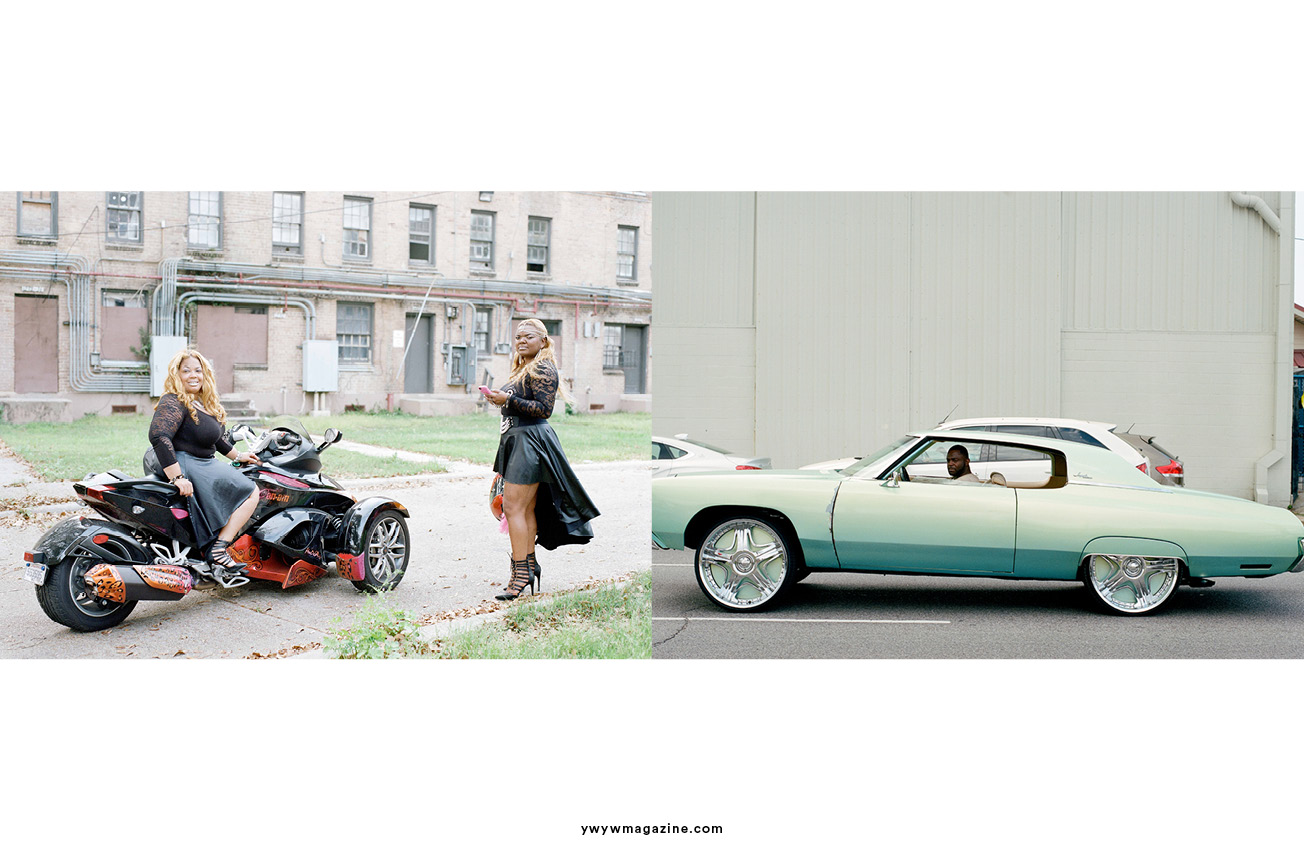
“DEATH MAGICK ABUNDANCE”, Where does the title of your book come from?
Death Magick Abundance comes from a tarot deck that I use pretty regularly.
What does New Orleans give to you and what do you think you are giving to it?
Being from the West Coast, I had a polarized idea of what the world was like but once I moved to New Orleans I quickly realized the South is different. I’d never lived in a city with such lacking infrastructure but also a place where so much is needed. Louisiana is a historically racist state where people aren’t given the same opportunities; The people of New Orleans need and deserve nurturing from the government and they’re simply not getting it. Seeing this and experiencing it as a community member shocked me; being from California, it’s been eye-opening to see and feel the very real struggle people face, at times, a struggle between life and death, of people living below the poverty line. Living in New Orleans has made me realize how naive I was growing up and how much I took for granted.
It’s important that I’m vocal about my process and emphasize the sensitivity of this subject matter; If you’re going to make work like this you have to accept that it’s not always going to impact the community positively. So the question became, what can I do so that it does? Throughout my project, I found time to teach locals how to take photos, and I try to hire these former students as much as possible. Through a non-profit I created a class called Creative Council, where students were awarded money to apply for college by completing the course. Being able to create something with a whole community of people and forming these relationships is essential to my process. Building friendships and contributing to the community is the most gratifying outcome of my work.
It’s my top priority for readers to take away that New Orleans and its people require cultural nourishment in order to survive.
This is a complicated topic, just like this place. It’s fragile here. It’s important that my book isn’t seen as promoting corporate tourism. It’s crucial that when you come here to visit that you support locally owned and black businesses because that is the only way to sustain the multi cultural experience.
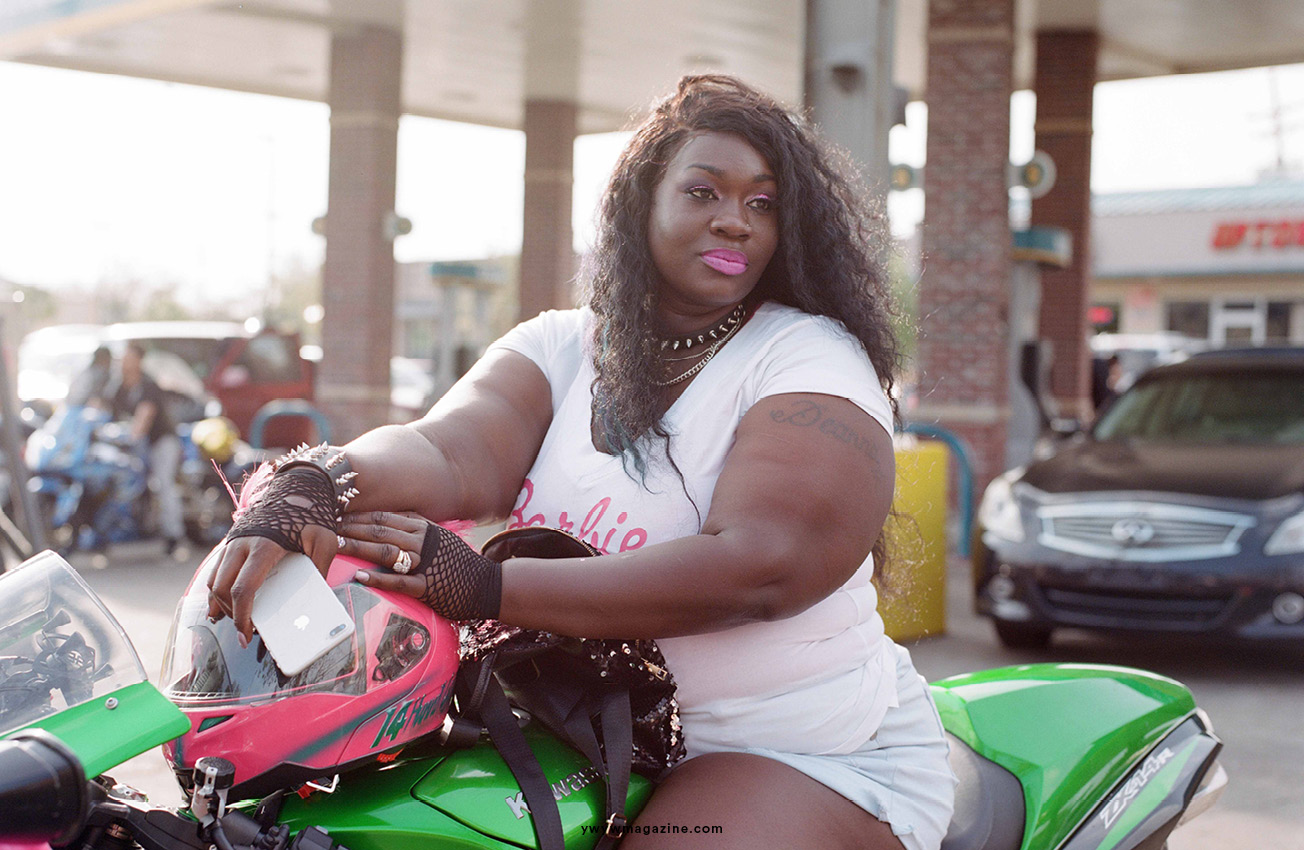
Are you a detail oriented person?
I’m very much into the details.
Can you tell us about the second line parades in the city? What does this event mean for you and for New Orleans people?Every Sunday, a social aid and pleasure club, which is a group that honors the slaves that were freed and didn’t have the financial means for whatever was happening in their life, whether it was being sick, or someone dying, these groups would pool their resources so that when a community member or group needed it, they’d have the support. People celebrate the cause by dancing through the streets on Sunday; There is a brass band behind the first line the social aid club and then as they walk through each neighborhood they collect participants and that forms the second line of the celebration.
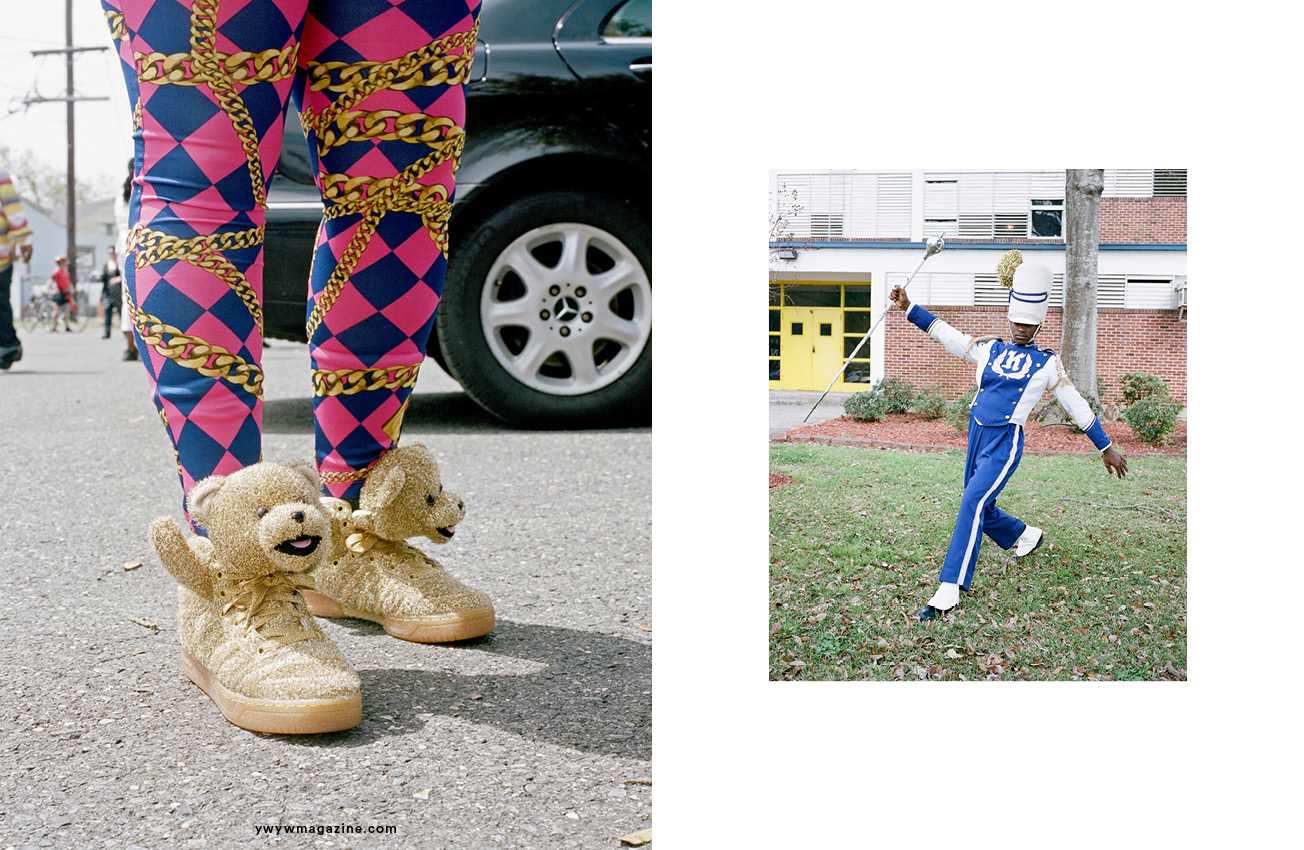
What do you enjoy most about being a photographer?
What I enjoy most about being a photographer is meeting people and forming friendships.
Is there something you wish you knew more about?
I wish I knew more about quantum physics.
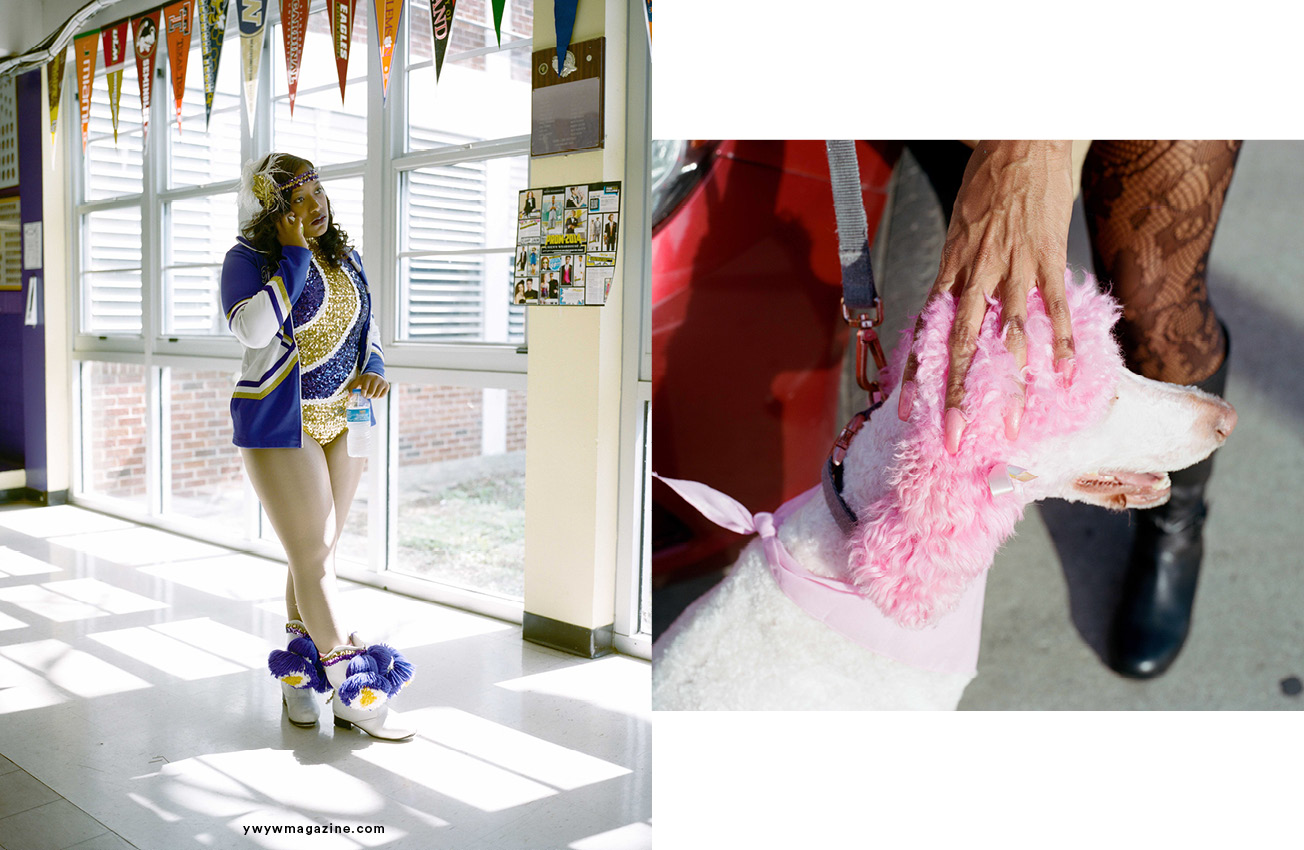
Your book teaches us that like phoenix people can rise from the ashes of a tragedy, tell us about it.
I’m fascinated by post Hurricane Katrina culture. People’s resiliency and ability to continue celebrating their city and heritage is what drives my commitment to this work. Even though Katrina was naturally devastating it was also weaponized and used as a mechanism to oppress the people of New Orleans. This body of work celebrates the resiliency of a people who were essentially forgotten and yet expected to find a way to carry on or die. Despite the tragedy that surrounds the people of New Orleans there is vividness to the way of life here that makes it unlike anyplace else on earth.
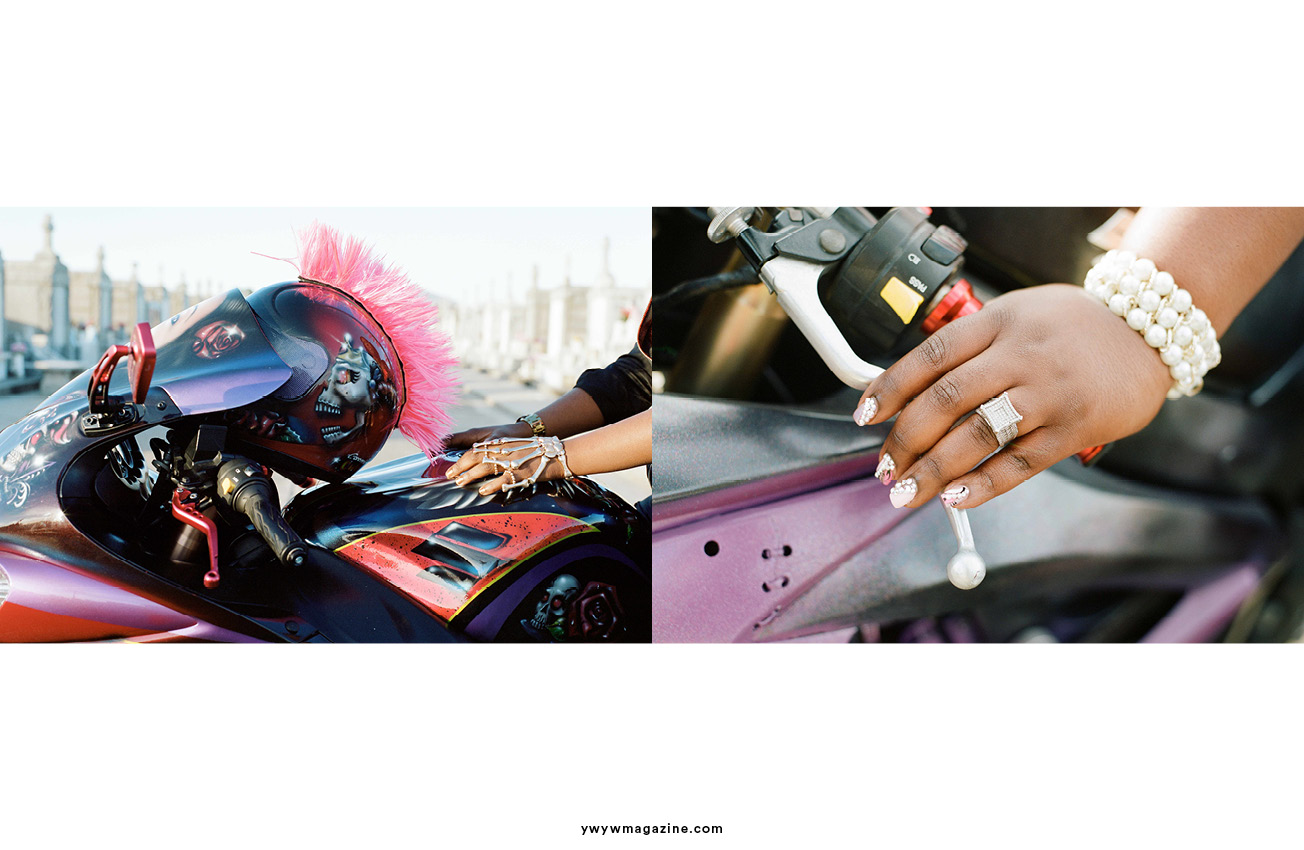
Do you enjoy using social media as a photographer?
I have very mixed feelings about social media. I have definitely met a lot of amazing people through it, but I don’t really like how addictive it can be.
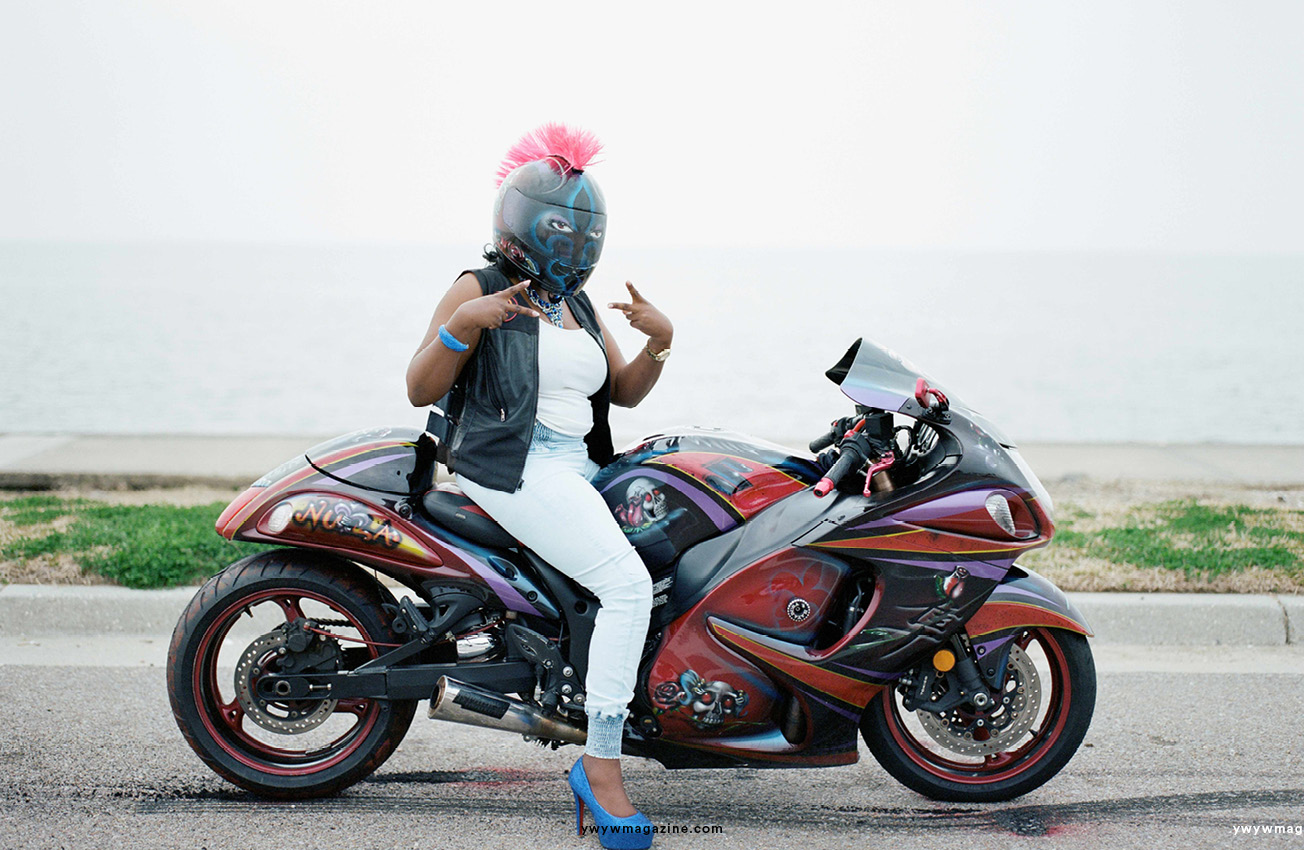
Your dream place to live?
I would love to live in Kauai again.
Who are your role models?
I really look up to my mentor Darcy Padilla.
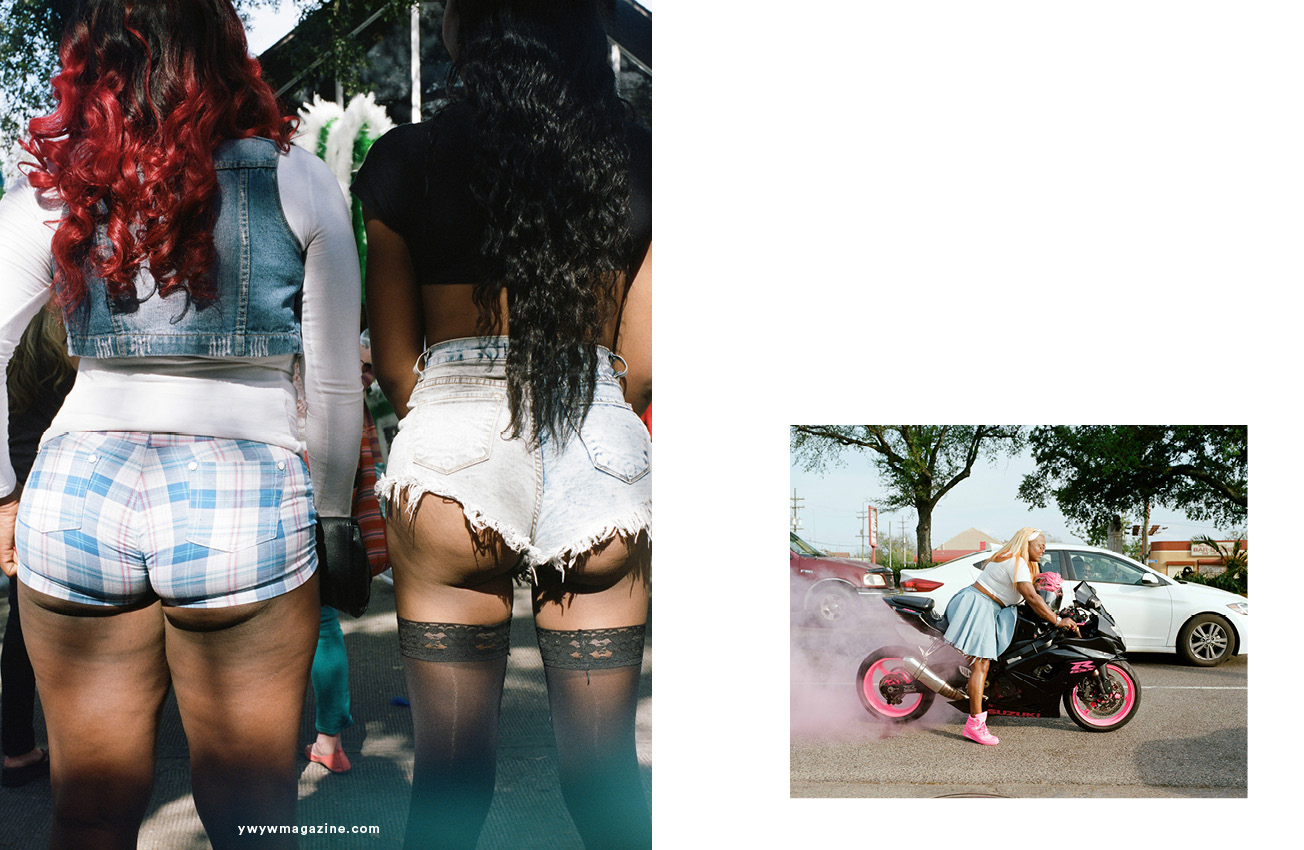
Where does your need to capture street cultures come from?
I find street culture to be inspiring and absolutely fascinating.
What was your dream job in childhood?
I always wanted to be an artist.
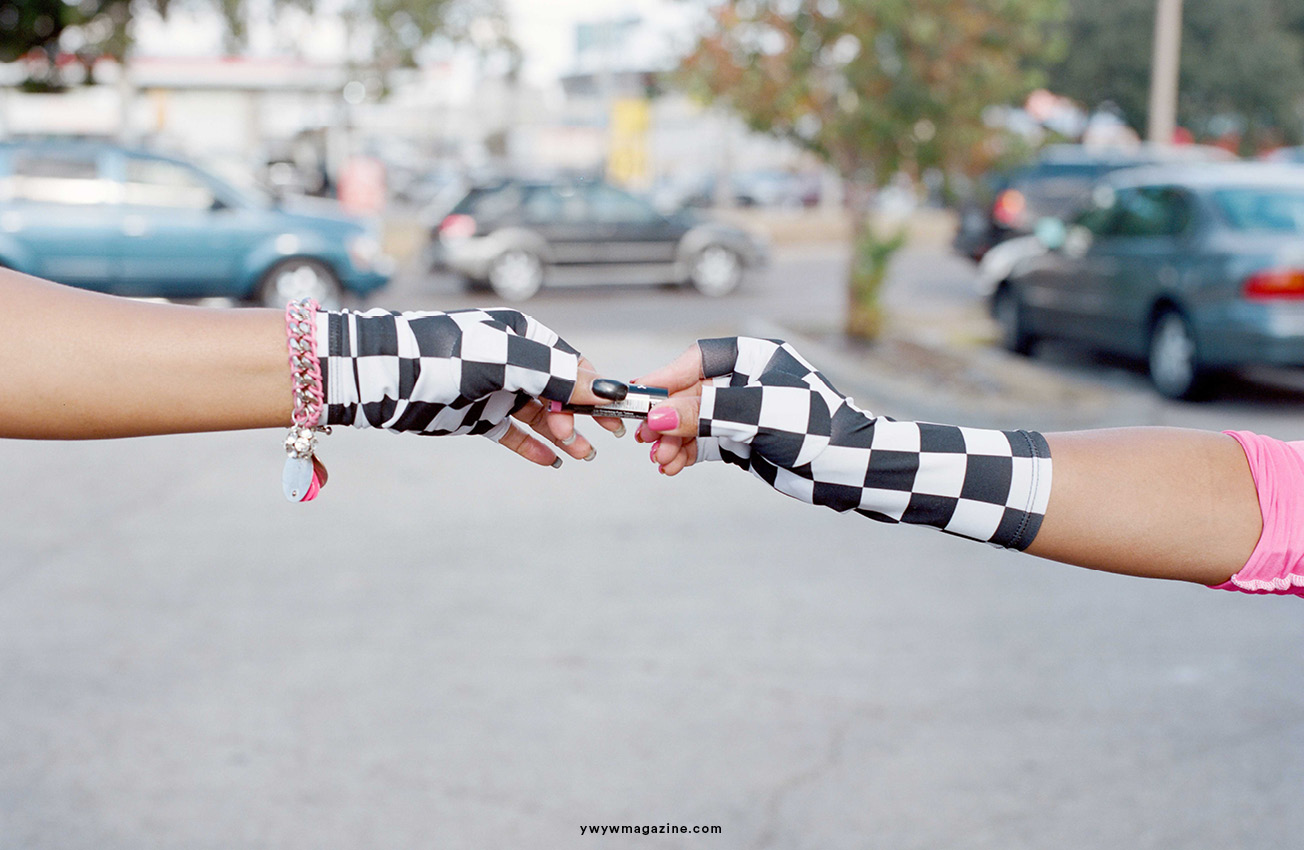
Favorite movie and why?
My favorite movie right now is Roma.
Where do you feel the happiest?
I feel the happiest in the ocean.
Bookis available http://anthologyeditions.com/
